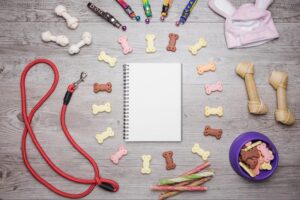
Beyond
DIY Learning Projects for Dog Lovers
Learning about dogs doesn’t need classes or courses. DIY projects let you explore dog behavior and training at your own speed. These work great for students who love dogs and want to learn by doing.
Making things yourself teaches more than reading. You end up with real stuff you can use. Plus, it’s way more fun than just studying from books.
Pick Your DIY Dog Project
Start with what you’re curious about. Maybe you wonder why your dog acts certain ways. Maybe you want to make toys. Keep it simple and doable.
Good projects have clear goals. “Learn about dogs” is too vague. “Build three puzzle toys” gives you something real to make. Start small – you can always do more.
Make Educational Content About Dogs
Some students make blogs or videos about dogs as projects. This mixes research with creative work. You learn while practicing writing or making videos.
When you make educational stuff, use real sources. If you write about dog food or training, find vet sources. Before you publish anything formal, use a plagiarism tool to check your work is original – this keeps your content honest.
Good content needs real facts and honest sources. This helps with pet blogs, training guides, or school projects. Now let’s build some actual stuff.
Build Dog Puzzle Toys
Make puzzle toys from things at home. Use muffin tins with tennis balls hiding treats. Cut holes in boxes for treats. Freeze treats in ice with water for summer.
Take photos of each toy you make. Write down how long your dog takes to solve it. Note which toys he likes best. This shows you how dogs think and solve problems.
Try easy puzzles first, then harder ones. Watch how your dog figures out new stuff. This teaches you about dog smarts.
Make Training Equipment
Build your own gear instead of buying it. Make weave poles from PVC pipes. Use pool noodles and sticks for jumps. Build a platform from wood for teaching “place.”
Measure everything. Test it yourself first. Take photos while building. Write down what materials cost and how long it took.
This teaches you what equipment does and why some designs work better. Plus you save money.
DIY Dog Training Plan
Make your own training program. Pick one skill – walking nice on leash, coming when called, or calm greetings. Break it into tiny steps. Plan five minutes daily.
Track everything in a notebook. Write what you did each day and how your dog did. Take weekly videos of progress.
Write about problems too. When training fails, figure out why. Maybe your timing was off or treats weren’t good enough. This teaches you real training, not just ideas.
Make a Dog Behavior Journal
Get a notebook. Write daily about your dog. Pick specific times – morning, after walks, evening. Write exactly what happens.
Track patterns over weeks. Does your dog zoom around at the same time daily? Does weather change his behavior? Look for connections.
After a month, read your notes. Look for patterns. This teaches you to separate facts from guesses. You’ll understand your dog way better.
Build Dog Agility Stuff
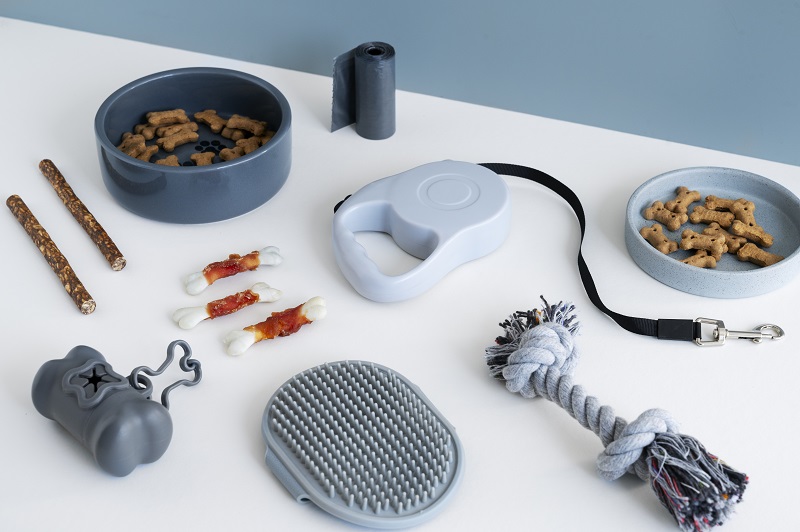
Start simple. Make a tunnel from fabric and hula hoops. Build a low jump from poles. Make weave poles from sticks in a board.
Use safe stuff. Nothing should tip or fall. Test each thing yourself first – if it can’t hold you, it’s not safe for your dog.
Go slow with your dog. Let him check out new stuff without pressure. Then start training. Take photos of everything – building and training.
Make Dog Enrichment Games
Make scent games at home. Hide treats in rooms and let your dog find them. Make snuffle mats from fleece strips. Make treat toys from bottles with holes.
Change games to keep them fun. Write which ones your dog likes. Some dogs love food puzzles, others like scent work, some want physical games.
Time how long each game keeps your dog busy. Note his energy before and after. This shows what actually tires him out.
DIY Dog Health Tracking
Make a health log. Write down vet visits, shots, weight, and meds. Add photos showing how your dog looks over time.
Track daily stuff – energy, appetite, bathroom, water. Normal patterns help you spot problems early. Changes can mean health issues.
Make charts. According to study, it’s important to graph your dog’s weight over months. Track how exercise affects appetite. Pictures make patterns obvious and help talk with your vet.
More DIY Projects You’ll Use
Here are hands-on projects that make useful stuff:
- Sew dog gear – bandanas, belly bands, or coat liners
- Build a raised feeding station with storage under it
- Make a grooming station with tools organized
- Build a first aid kit for your dog with supplies ready
- Design a car safety setup with proper restraints
- Build outdoor shade for your yard
Each project teaches planning and building while making something useful.
Make Dog Care Guides
Write how-to guides about stuff you do. If you trim nails, write every step with photos. If you bathe your dog, write it all down including water temp.
Include mistakes you made. Your first nail trim probably went wrong – say what happened and how you fixed it. Real stuff beats perfect guides.
These help you remember and help other dog owners. Keep them simple and honest about messy parts.
Test DIY Dog Products
Try making homemade versions of expensive products. Make paw balm from coconut oil and beeswax. Make cleaning spray from vinegar and water. Test homemade dental chews.
Compare results honestly. Track costs, time, and what works. Sometimes DIY is better, sometimes it’s not. Write about both.
Take photos of ingredients. Write exact amounts. If something works, you’ll want to make it again the same way.
Start Your First Project Today
Pick one project. Get your stuff ready. Decide how you’ll track it – photos, notebook, whatever.
Start simple. Don’t build complicated stuff first. Make one toy or track behavior for one week. Finishing small projects beats giving up on big ones.
Work on it regularly. Even 15 minutes daily helps. Do it at the same time each day if you can.
Your first project won’t be perfect. That’s okay. You’ll figure out what you like. Each project gets easier. Just start.
Disclaimer: Articles in our Beyond category are independent. They are not overseen by our editorial team and may not reflect our opinion.



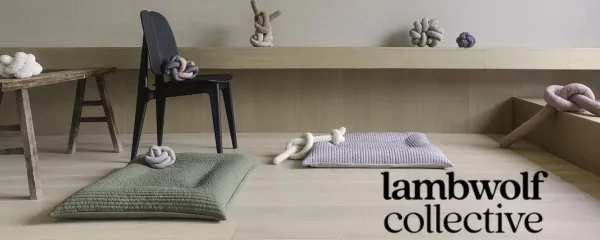
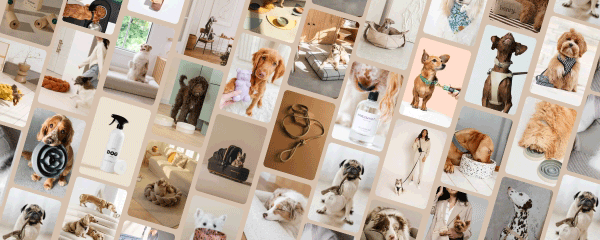
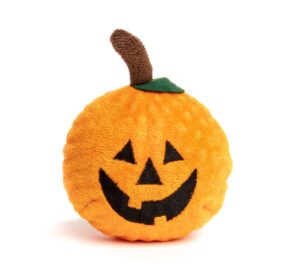
Comments